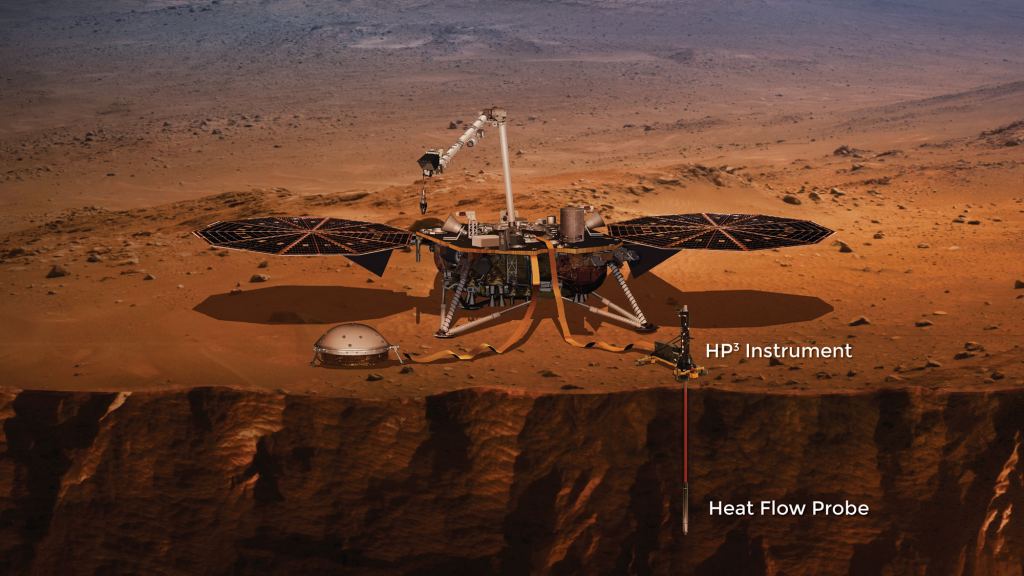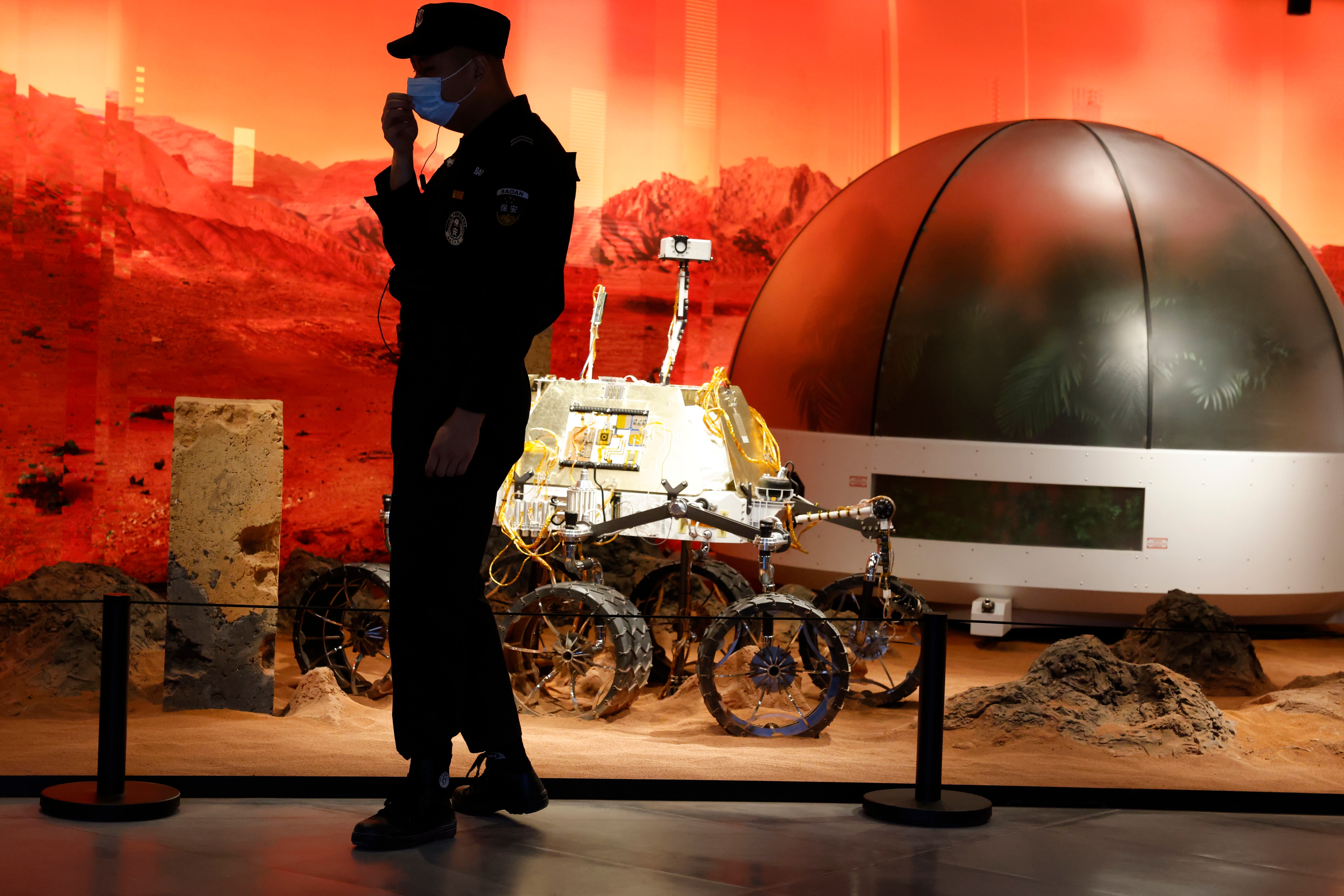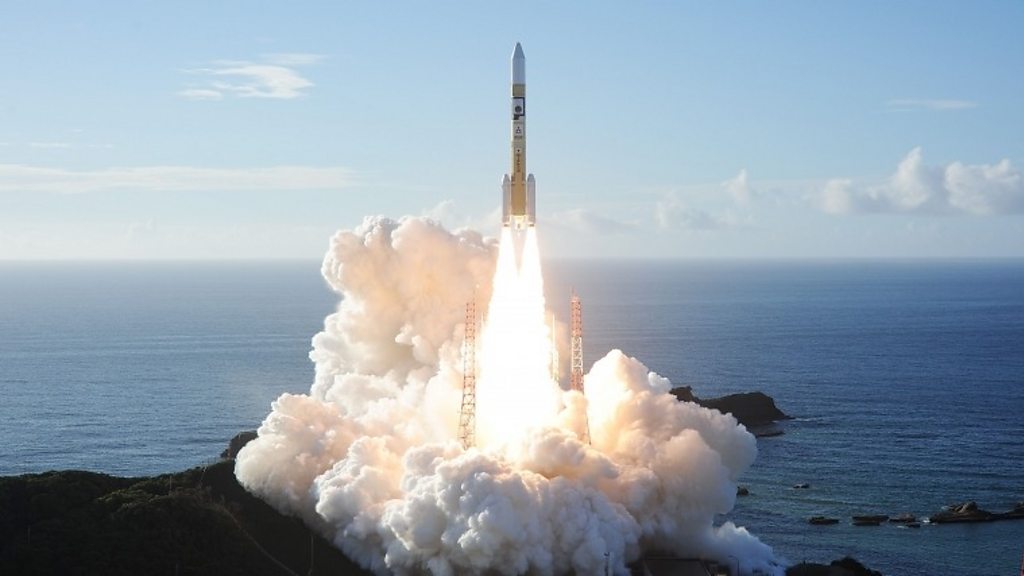
Since 2019, NASA's InSight's probe, called the “mole,” has been attempting to burrow into the Martian surface. Martian soil’s tendency to clump deprived the mole of the friction it needs to hammer itself to a sufficient depth.

Three to four billion years ago, Mars did in fact have running rivers of water. Now, scientists have mapped out an entire ancient river system.

Raging megafloods, likely triggered by the heat of a meteoritic impact, roared across Gale Crater near the equator of Mars some 4 billion years ago, creating gigantic sedimentary ripples visible today.

To date, SpaceX has launched over 800 Starlink satellites. Now SpaceX has invited participants to take part in a public beta test but on one condition - participants must acknowledge that Mars is a “free planet.”

After many months of struggle and careful adaptation, the InSight lander’s ‘Mole’ is finally into the ground. The InSight lander was sent to Mars to study the planet’s interior.

Both the Moon and Mars were volcanically active at one time and the result is lava tubes. A new study shows that lunar and Martian lava tubes might be enormous, and easily large enough to accommodate a base.

NASA's Mars 2020 Perseverance rover mission is on its way to the Red Planet to search for signs of ancient life and collect samples to send back to Earth.

An unmanned spacecraft blasted off Thursday on a yearlong journey to Mars. The Tianwen-1, which translates into “Questions to Heaven,” is expected to reach the Red Planet by February.

The Hope orbiter will arrive in February 2021 to begin a two-year survey of the weather on the red planet. For Emirati scientists the mission represents a new chapter in the history of scientific discovery.

Groups like Mars Habitat are dedicated to conducting simulated missions in analog environments. The lessons learned will not only prepare people to live and work in space but foster ideas for sustainable living here on Earth.

The ringless Mars we see today is probably an anomaly. We’re in between rings right now, and we’ve assumed that’s normal.

After months of perseverance, the team operating the instrument has succeeded in getting the Mole at least some distance into the ground. The Mole's job is to penetrate into the Martian soil, to a depth of 5m.

Projects BIOWYSE and TIME SCALE are being developed in Norway. These two systems are all about providing astronauts with a sustainable and renewable supply of drinking water and plant food.

4 billion year old Nitrogen containing organic molecules has been discovered in Martian meteorites. This finding suggests a wet and organic-rich early Mars, which could have been habitable and favorable for life to start.

The molecules were extracted by the Curiosity rover from a mudstone section of the Gale Crater. Scientists have concluded that we can't rule out those molecules actually have a biological origin.